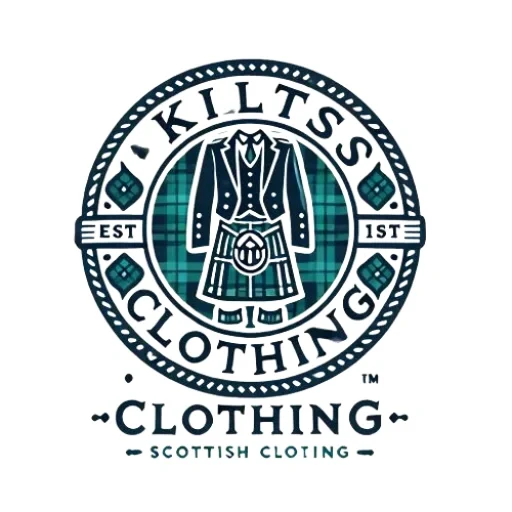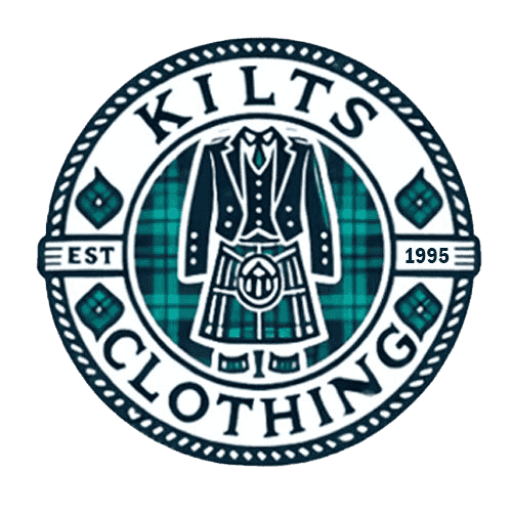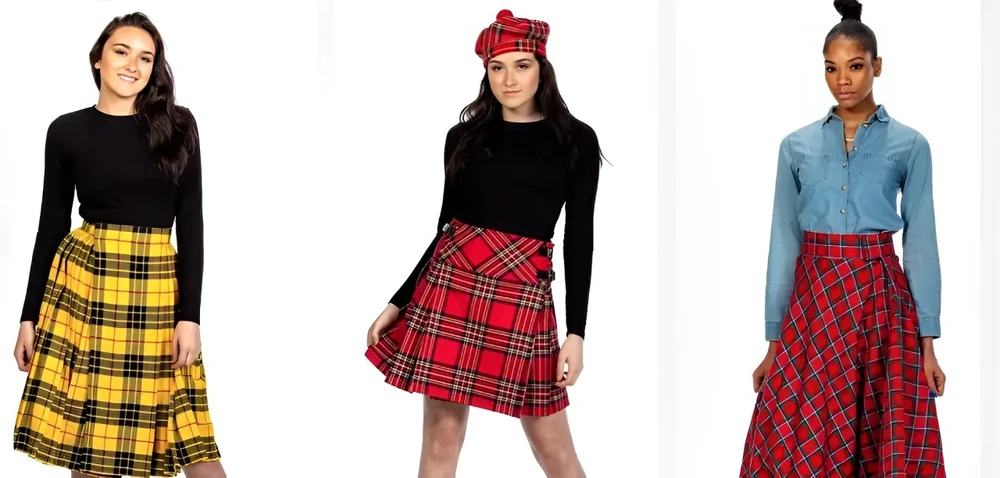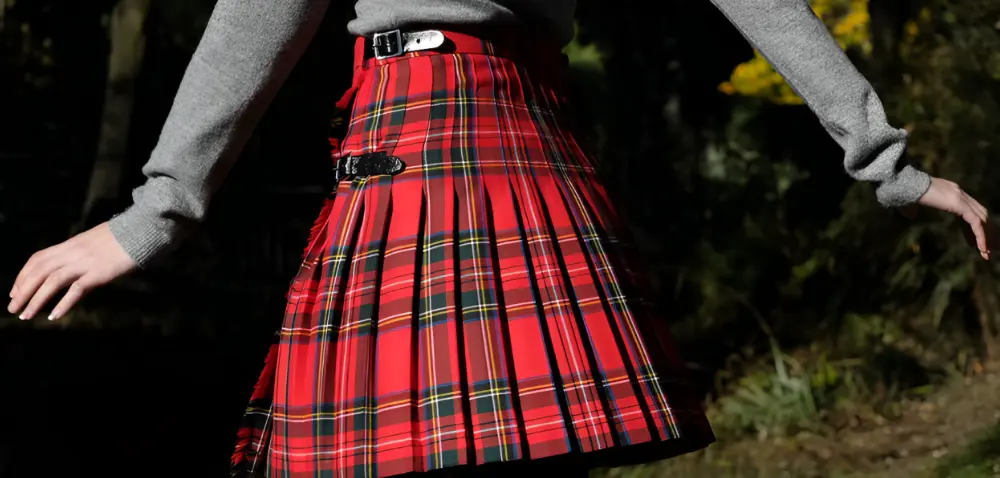Discover the Stylish Tradition: Do Women Wear Kilts?
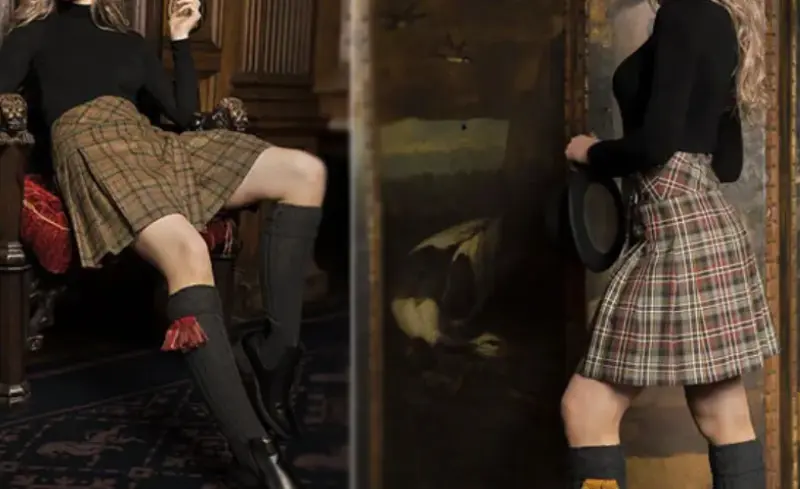
Introduction to Kilts
Womens Kilts have long been synonymous with Scottish heritage, often viewed as a masculine garment.
However, the kilt's rich history and cultural significance extend beyond gender, making it an intriguing aspect of women's fashion.
This article explores the captivating history of kilts in women's fashion, examining their evolution, cultural significance, and contemporary styling.
Origin and History of Kilts
Kilts originated in the Scottish Highlands during the 16th century, initially worn by men as a versatile and practical garment suited for the rugged terrain and variable climate. These early kilts, or "belted plaids," were large pieces of cloth wrapped around the body and secured with a belt. Over time, the design evolved into the tailored kilts we recognize today. The transformation from belted plaids to the tailored kilt involved creating pleats and sewing the garment for a more structured look.
Traditional vs. Modern Kilts
Traditional kilts are characterized by their heavy wool fabric and distinctive tartan patterns, each representing a specific Scottish clan. These kilts are meticulously crafted, often handmade, and passed down through generations as symbols of family heritage.
Modern kilts, while maintaining the essence of tradition, have adapted to contemporary tastes and functionality. This includes kilts for women, which often feature lighter fabrics, varied lengths, and innovative designs. Modern kilts are made from cotton, denim, and even leather, making them suitable for various occasions, from casual outings to formal events.
Cultural Significance of Kilts
Kilts hold a deep cultural significance as symbols of Scottish identity and pride. They are worn during significant events such as weddings, Highland games, and cultural festivals. For women, donning a kilt is a fashion statement and a connection to heritage and tradition. Wearing a kilt during these events underscores a sense of belonging and respect for Scottish customs.
History of Women Wearing Kilts
Early Instances of Women in Kilts
Historically, women in Scotland typically wore dresses and skirts, with kilts being predominantly male attire. However, there are notable instances where women donned kilts, particularly during periods of cultural revival and in performance arts such as Highland dancing. These early adopters paved the way for broader acceptance of kilts in women's fashion.
Evolution of Women's Fashion in Scotland
Women's fashion in Scotland has evolved significantly, influenced by global trends and the changing roles of women in society. The incorporation of kilts into women's wardrobes reflects a broader acceptance and celebration of traditional garments in modern contexts. Over the decades, women have embraced kilts for their versatility and symbolic power, blending them seamlessly into contemporary fashion.
Women's Kilts in Historical Events
Women's kilts have played symbolic roles in historical events, particularly during the 20th century when Scottish nationalism and cultural revival movements gained momentum. Women wearing kilts at these events underscored their participation and pride in Scottish heritage. From suffragette marches to cultural festivals, women have used kilts to make powerful statements about identity and equality.
Kilts in Contemporary Women's Fashion
The Popularity of Kilts Among Women
Today, kilts have become popular among women for their unique blend of tradition and modernity. They offer a distinctive style in casual and formal settings, making them a versatile addition to any wardrobe. The resurgence of interest in heritage and artisanal fashion has also contributed to the kilt's popularity.
How Kilts are Styled by Women Today
Women style kilts in various ways, from pairing them with casual tops and boots for a laid-back look to combining them with elegant blouses and heels for formal occasions. Accessories such as brooches, belts, and sporrans add a personal touch to each outfit. This flexibility allows women to create looks that reflect their style and the event's formality.
Reasons Why Women Wear Kilts
Cultural and Ancestral Connections
For many women, wearing a kilt is a way to honor their Scottish heritage and maintain a connection with their ancestry. It is a statement of pride and respect for their cultural roots. The choice of tartan often reflects family history, with each pattern telling a unique story.
Fashion and Personal Expression
Kilts allow women to express their individuality and fashion sense uniquely. The variety of tartans and styles available means there is a kilt for every personality and occasion. Whether worn traditionally or with a modern twist, kilts provide a canvas for personal expression.
Practicality and Comfort
Kilts are not only stylish but also practical. Their design offers freedom of movement and comfort, making them suitable for various activities, from casual outings to formal events. The wrap-around style and pleating allow for easy wear, while modern materials enhance comfort.
Differences Between Men’s and Women’s Kilts
Design and Styling Differences
While men's kilts tend to adhere to traditional designs, women's kilts often feature more variations in style and detail. This includes differences in pleating, waistline, and decorative elements. Women's kilts might have additional embellishments such as lace trims, contrasting belts, or unique fastenings.
Fabric and Patterns
Women's kilts are available in a wider range of fabrics, including lighter materials for comfort and variety.
Patterns also vary, with more colorful and diverse tartans and designs catered to female tastes. This diversity allows women to choose kilts that suit their style preferences and seasonal needs.
Length and Fit Variations
Women's kilts typically come in different lengths, from mini to knee-length, to accommodate various preferences and occasions. The fit is also tailored to enhance the feminine silhouette, offering a flattering and comfortable garment. These variations ensure kilts can be adapted for casual wear and formal events.
Types of Kilts Worn by Women
Traditional Tartan Kilts
Traditional tartan kilts for women maintain the classic Scottish patterns and are often worn during cultural events and ceremonies. They uphold historical significance while offering timeless fashion choices. These kilts are typically made from wool and feature the clan's tartan, symbolizing heritage and pride.
Fashion Kilts
Fashion kilts incorporate modern trends and design elements, making them suitable for everyday wear. These kilts often experiment with colors, fabrics, and embellishments to create a contemporary look. They are popular in urban settings and among younger fashion enthusiasts looking for a unique statement piece.
Utility Kilts
Utility kilts are designed for practicality and versatility, featuring functional elements such as pockets and durable fabrics. They are ideal for outdoor activities and casual wear. These kilts often use materials like denim or canvas and are favored for their rugged yet stylish appearance.
Mini Kilts and Skirts
Mini kilts and skirts offer a playful and modern take on the traditional garment. They are popular in fashion-forward circles and can be styled in numerous ways to suit different tastes. These shorter kilts are often seen in contemporary fashion shows and street style, highlighting their versatility and appeal.
How to Choose the Right Kilt for Women
Selecting the Right Tartan
Choosing the right tartan is essential for a kilt that resonates with personal or familial heritage. Many women opt for their clan's tartan, while others select patterns based on aesthetic preferences. Consulting with kilt makers or researching tartan histories can aid in making an informed choice.
Considering Length and Fit
The length and fit of a kilt can greatly affect its overall look and comfort. Women should consider the occasion and body shape when selecting a kilt, ensuring it complements their figure and meets their needs. Trying on different styles and lengths can help determine the most flattering and comfortable option.
Choosing Appropriate Accessories
Accessories such as brooches, belts, and sporrans can enhance the kilt's appearance and personalize the outfit. It's important to choose accessories that complement the tartan and overall style. Brooches can add elegance, belts define the waist, and sporrans provide practicality and charm.
Styling Tips for Women Wearing Kilts
Casual and Everyday Looks
Pair a kilt with a simple top, denim jacket, and boots for casual looks. This creates a comfortable yet stylish outfit suitable for everyday wear. Adding a scarf or beanie can enhance the casual vibe while keeping the look cohesive.
Formal and Event Styling
A kilt can be paired with a blouse, blazer, and heels for formal events. Adding elegant accessories like a brooch or shawl can elevate the look. A silk or satin blouse and statement jewelry can create a sophisticated ensemble for evening occasions.
Seasonal Styling Tips
Adjusting the kilted outfit for different seasons is key. In colder months, pair it with tights and a cozy sweater. For warmer weather, opt for lighter fabrics and shorter lengths. Layering with a cardigan or trench coat can provide warmth without compromising style.
Cultural Appropriation vs. Cultural Appreciation
Understanding Cultural Sensitivity
Wearing a kilt involves understanding and respecting its cultural significance. It's important to approach it with sensitivity to avoid cultural appropriation. Learning about the history and meaning behind kilts can foster appreciation and respectful wear.
How to Wear Kilts Respectfully
Women can wear kilts respectfully by learning about their history and significance, choosing appropriate occasions, and avoiding stereotypes or mockery. Engaging with Scottish culture through literature, festivals, and community events can also enhance understanding and respect.
Scottish Culture with Respect
Embracing Scottish culture through wearing kilts should be about appreciation and respect. This means celebrating the heritage and understanding the context of the garment. Engaging authentically and humbly with the culture can enrich the experience of wearing a kilt.
Kilts in Popular Culture and Media
Celebrity Influences
Celebrities have played a significant role in popularizing kilts among women. Icons like Emma Watson and Sarah Jessica Parker have been spotted wearing kilts, bringing them into mainstream fashion. Their endorsement has helped reframe kilts as a chic and versatile garment.
Kilts in Movies and TV Shows
Kilts often appear in movies and TV shows, showcasing their cultural significance and fashion appeal. These representations help introduce kilts to wider audiences. Films like "Braveheart" and shows like "Outlander" have highlighted kilts' historical and cultural importance.
Impact on Global Fashion Trends
Kilts have influenced global fashion trends, inspiring designers worldwide to incorporate elements of traditional Scottish attire into their collections. Fusing kilts with modern fashion has led to innovative designs that honor tradition while pushing creative boundaries.
Conclusion
The Growing Trend of Kilts in Women's Fashion
The popularity of kilts among women is a testament to their timeless appeal and cultural significance. As fashion continues to evolve, kilts remain a versatile and stylish option that bridges the gap between tradition and modernity. Women's kilts have become a powerful expression of individuality, heritage, and contemporary style.
Celebrating Cultural Heritage Through Fashion
Wearing a womens kilts is more than a fashion choice; it celebrates cultural heritage. Women wearing kilts honor their roots while embracing contemporary style, making a powerful statement of identity and pride. As more women incorporate kilts into their wardrobes, the fusion of tradition and modernity continues to inspire and evolve.
FAQs
Traditionally, kilts have been worn primarily by men, particularly in Scotland. However, in recent years, kilts have also become popular among women, often as a modern fashion statement or for cultural events.
A female kilt is often referred to as a kilted skirt. While similar in design to a traditional kilt, kilted skirts are tailored specifically for women, with variations in length and fit to suit female fashion preferences.
Women appreciate kilts for their unique blend of cultural heritage and modern style. Kilts offer a sense of connection to Scottish tradition while also providing a versatile and distinctive fashion option. The comfort and elegance of kilts make them appealing for various occasions.
Kilts can be worn numerous times, from formal events like weddings and ceremonies to casual gatherings and festivals. They are also commonly worn during cultural celebrations such as Burns Night or Highland Games.
The term “kilt” comes from the Scots word meaning to tuck up the clothes around the body. The name reflects the garment’s practical design, which involves wrapping and fastening the cloth around the wearer.
While a kilt resembles a skirt, it is distinguished by its traditional Scottish heritage, specific pleating, and wrap-around style. Unlike skirts, kilts often carry historical and cultural significance, especially in Scotland.
There is no age restriction for wearing kilts. Women of all ages, from young girls to older women, can wear kilts, depending on their personal preference and the occasion.
Anyone can wear a kilt, regardless of gender, age, or nationality. While kilts are deeply rooted in Scottish tradition, they have been embraced globally as a symbol of cultural pride and fashionable attire.
Yes, girls can wear kilts. Many children’s versions of kilts and kilted skirts are available, making them suitable and stylish for young girls.

